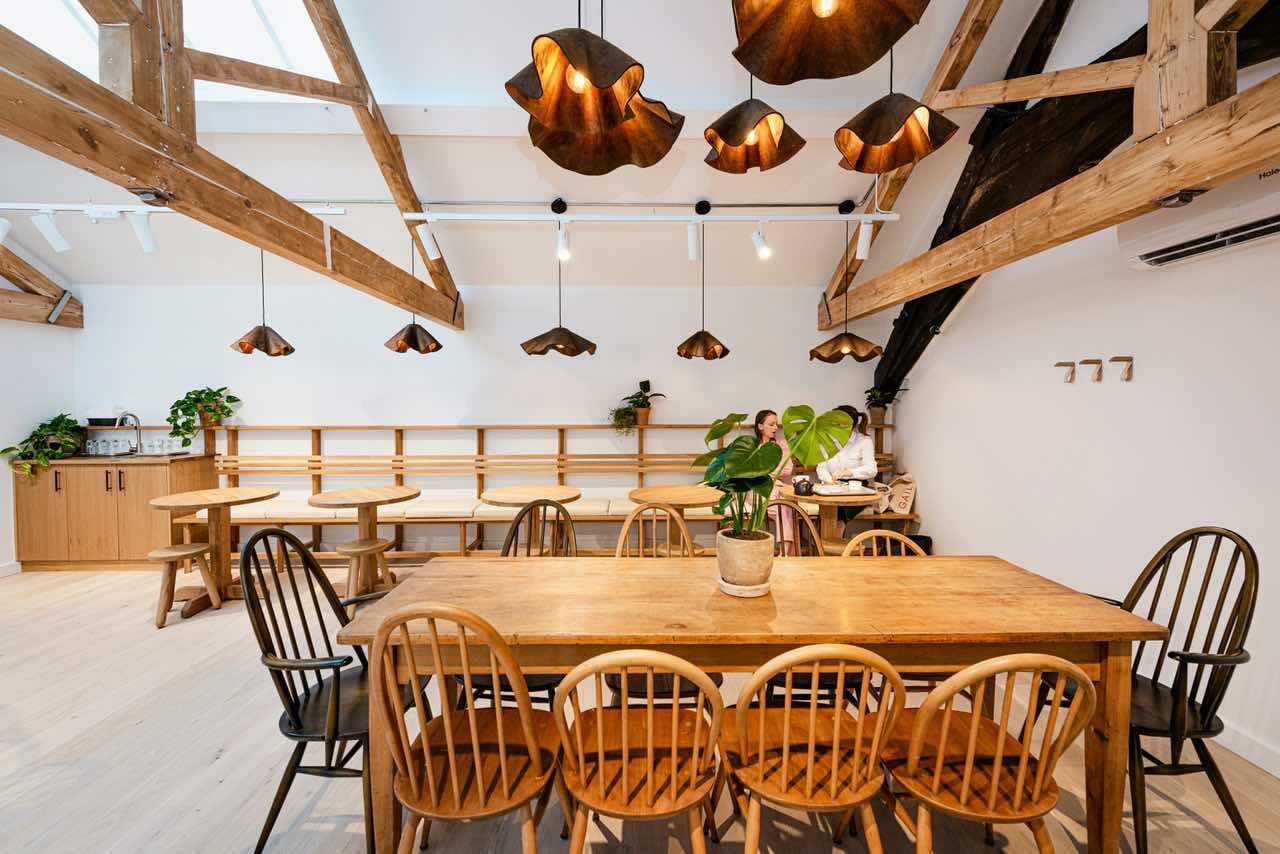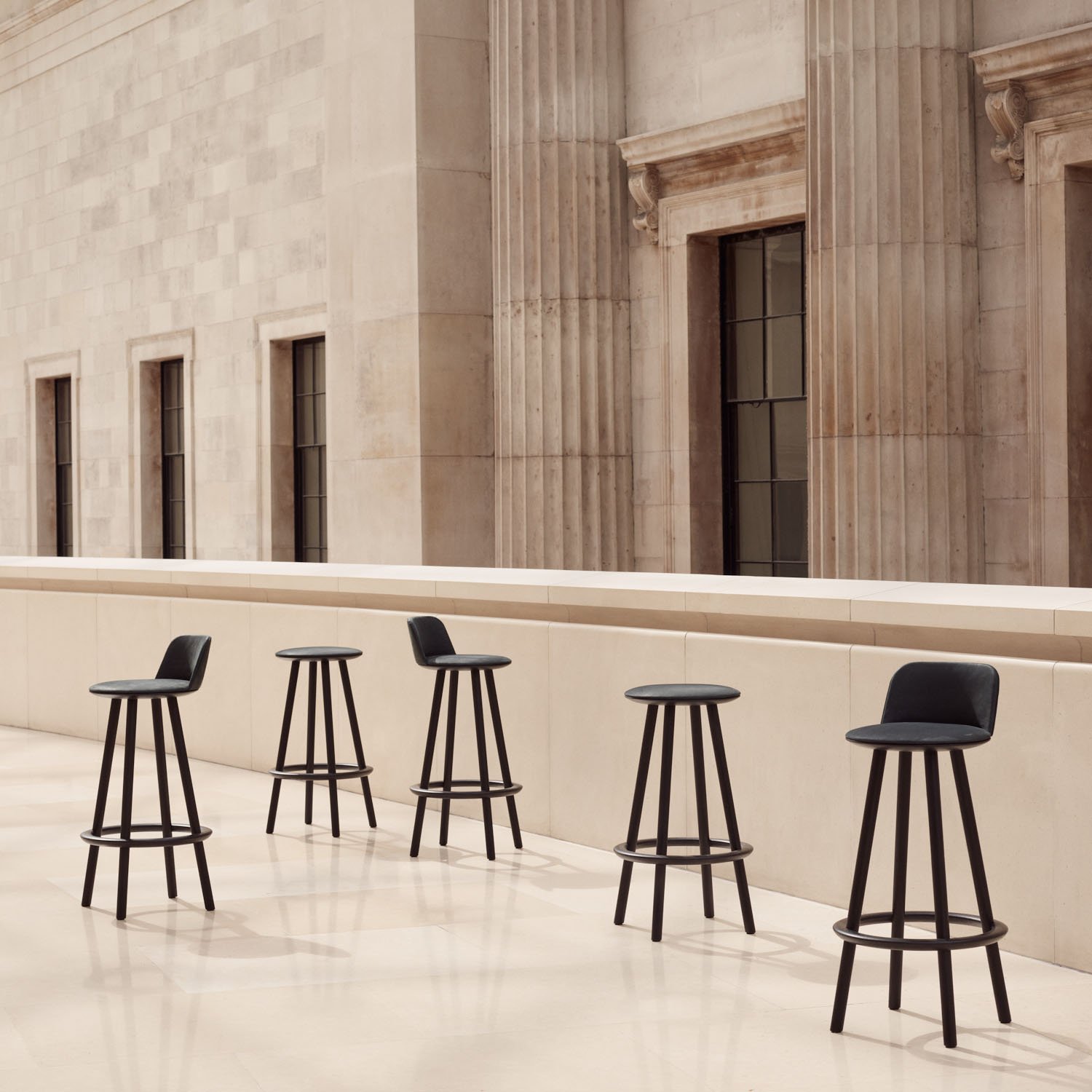Sustainable Materials in Buildings: Wellness Design Consultants
Sustainable textiles & fruit-based bio fabrics
sustainable textiles made from recycled materials and fruit byproducts
A Range of Innovative Fabrics Made from Byproducts of Banana, Pineapple, Apple, and Mango Production Suggest Nature-Based Solutions Have a Bright Future!
In the quest for sustainable building materials, the fashion industry has turned to nature, creating innovative fabrics from the byproducts of banana, pineapple, apple, and mango production. These sustainable materials offer a promising alternative to traditional construction materials, reducing waste and promoting a circular economy.
By utilizing fruit byproducts, these fabrics significantly lower the environmental impact of the fashion industry. Traditional materials often come with a high carbon footprint, but these fruit-based textiles offer a more sustainable choice. The production process of these fabrics supports sustainable agriculture, ensuring that the byproducts of fruit production are not wasted but repurposed into valuable materials.
Moreover, these innovative fabrics contribute to energy efficiency and reduce carbon emissions, aligning with the goals of sustainable construction. As the construction industry continues to seek out sustainable building materials, the use of fruit byproducts in fabric production stands out as a forward-thinking solution.
This approach not only supports the environment but also enhances the quality and sustainability of the materials used in various construction projects.
A range of innovative fabrics made from byproducts of banana, pineapple, apple and mango production suggest nature-based solutions have a bright future!
A healthy material? The problem with the mass market leather industry and its carbon emissions
Creating high-end interiors often means specifying elements of leather, such as furniture coverings, bedheads, and so on.
Clients are unlikely to understand the full impact of leather on the environment and nor should we expect them to - the emphasis is on sustainability minded professionals to raise awareness of this theme, presenting innovative alternatives of equal or better quality, as and when appropriate.
As the range and diversity of such bio-based circular economy materials increases, so the mass market leather industry can be, we hope, gradually phased out, leaving leather to play a longer-term role in the luxury industry, thereby reducing the depletion of natural resources.
Poor indoor air quality from cheap vinyl fabrics
Besides the fundamental question of the long-term viability of ‘big farming' and our relationship with the cattle / beef industry in particular, leather tanning can involve hundreds of chemicals including toxins and heavy metals that stop it from decomposing.
These chemicals then off-gas from the leather over the first 1-2 years of its life lowering the indoor air quality around it.
So-called eco leathers or faux leathers are essentially PVC vinyl based and may look OK on day one but will gradually degrade over time as they are used, whereas high quality leather arguably looks better and better as time passes!
Swiss backpack brand QWSTION is known for combining design and functionality with sustainability. Since 2008 the design studio has been developing versatile carry solutions for everyday use – with an understated look and a low environmental footprint.
"We're delighted to present Bananatex®: the world's first technical fabric made purely from banana plants which are organically cultivated in the Philippine highlands. We've invested three years of research, testing and development to create a truly sustainable material that has our DNA woven into it, and offers an answer to questions we've been asking ourselves since day one."
QWSTION bags are designed and developed in Zurich, and manufactured in Asia and the EU according to highest ethical standards.
Bananatex
Sustainable textile 1 - Bananatex
Waterproof and made in the Philippines**, Bananatex** relies on a natural ecosystem of sustainable forestry, it involves no chemical treatments along the way and is a natural fibre made from the abaca plant, essentially a variant of the banana plant but one that is farmed for its fibres rather than its fruit.
Bananatex also contributes to sustainability by absorbing carbon dioxide during its lifecycle.
The abaca trees are grown with no fertilizers or pesticides, it eventually converts into a fine yard (after several years of experimentation and research by the QWSTION team).
The output is a high-end material as shown in the Bananatex bag that could, if the owner chose to, leave it to decompose on the farm and turn it back into fertilizer for the abaca trees in a perfect example of circularity.
Pinatex
sustainable textile 2 - Pinatex
We first heard about the Pinatex waste pineapple leaf fibre textile made by Ananas Anam several years ago when it was being tentatively used in some experimental fashion items, already through this natural fibre alternative to leather was causing ripples within the sustainable design community.
Inspired by the Cradle to Cradle concept of circularity, Pinatex is made from a byproduct of the fruit industry, no animals were harmed in its production, we can at least be sure of that, and rural farming communities were given a financial boost in the process via this extra source of income.
Orange Fiber
sustainable textile 3 - Orange Fiber
These silk-like fabrics made from citrus fruit byproduct in Catania, Sicily by Orange Fiber can be blended with other materials as needed but the citrus textile itself emerges soft to the touch and extremely lightweight, making it unsuitable for furniture but ideal for fashion..
Already the fabric has been picked up by H&M and Salvatore Ferragamo.
Recycled plastic is another innovative material that complements the sustainable approach of Orange Fiber.
More than 700,000 tons of citrus waste are produced in Italy on an annual basis with few if any alternatives available other than disposal so we applaud the Orange Fiber team for their work.
Appleskin
sustainable textile 4 - Appleskin by Frumat
Another Italian brand, this time from Bolzano in the north and Florence in Tuscany, Frumat’s ‘AppleSkin’ contains around 25% apple waste recovered from the fruit juice industry, making it vegan and of course cruelty-free too.
By producing sustainable material that transforms food waste into a raw material that can be put to a myriad of uses, products like this surely have a bright future.
The challenge perhaps is to see how many of them can make the transition into the furniture textile space vs those that exclusively serve the fashion sector.
Similarly, the use of recycled steel in construction projects offers significant environmental benefits, such as reducing carbon emissions and saving energy, while maintaining material quality.
to enquire about our expertise in specifying healthy building materials and interior fabrics, contact us here









